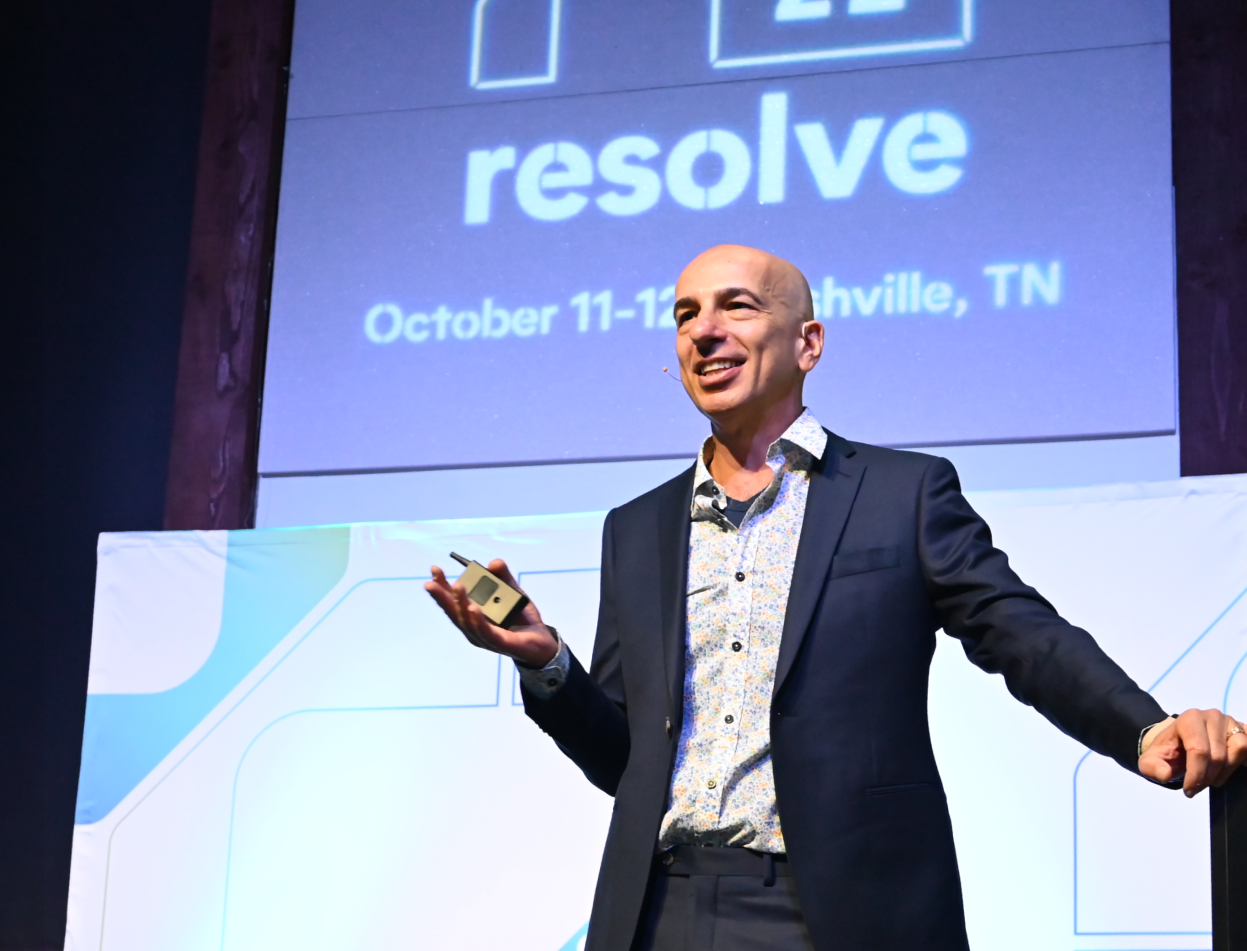At the start of 2024, industry reports suggested there were two kinds of customer service organizations: those forging headlong into AI, and those stuck in “purgatory,” struggling to determine where to start.
Now, as we enter the second half of the year, several customer service trends have allowed CX leaders’ most common priorities to come further into focus.
Rising call volumes have underscored the reality that agents alone cannot push customer satisfaction scores higher. Meanwhile, more data has been accumulated by contact centers leveraging AI in full, demonstrating the transformative potential of a successful solution. Finally, highly publicized AI missteps have heightened organizations’ focus on controllable, low-risk AI solutions.
As contact centers inch closer to 2025, here are the top areas CX leaders are likely to be placing their bets for the rest of the year:
1. Maximize automation for every customer request
In McKinsey’s 2024 state of care report, customer service leaders continued to rank rising call volumes as their primary challenge, despite decades of new self-service channels becoming available. By automating routine customer service requests, contact centers can alleviate the pressure on human agents, allowing them to focus on more complex and personalized interactions.
More importantly, the call types that can be fully resolved by AI continue to expand as the technology becomes better and better. Now, CX leaders can assess the full breadth of their contact center’s call volumes and identify use cases with the highest ROI, without being restricted to simplistic requests like “what’s my Member ID number?”
2. Improve “common sense” flows
It has been reported that 70% of consumers expect companies they interact with to have full context of their purchase history and previous interactions. Therefore, enhancing the “common sense” aspect of automation is critical heading into 2025. Low intelligence IVRs that have limited access to your customer systems of record are quickly falling out of favor as callers demand more of each experience.
In turn, CX leaders are increasingly seeking solutions that can intelligently transfer calls to agents with full context, as well as those that can offer contextual service to every unique caller from the moment an interaction starts.
3. Enhance agents’ customer knowledge
Customers aren’t just asking more from automation as cutting-edge AI technology becomes a bigger part of their daily lives, they’re also valuing high-touch service from agents more than ever. According to recent statistics, 63% of consumers expect customer service agents to know their unique needs and expectations, and 94% of consumers who give a company a great customer service experience rating are likely to purchase more products or services from that company in the future.
Customer service leaders are placing a greater emphasis on hiring and retaining agents who can provide proactive service to callers. To do so, they’re relying on AI to enable their agent teams to be focused on quality over quantity, without compromising their service capacity.
4. Create a long-term AI strategy
In 2024, 73% of customers think AI will improve customer service quality. This, of course, is good news for CX leaders, many of whom have been understandably skeptical of whether callers will adopt AI solutions. For many leaders, the next six months will be defined by speed: how quickly can organizations align on a strategy, determine their readiness, and get up and running with an effective solution?
As daunting as AI may seem, almost every contact center is only a few short months away from launching an automation solution that fully resolves calls, eliminates wait times, and significantly reduces operating costs. Download our free guide for a step-by-step roadmap built to accelerate your AI timeline.
5. Avoid AI missteps
While AI presents significant opportunities for enhancing customer service, it’s important to avoid common pitfalls. Missteps in AI implementation can lead to frustrated customers, wasted resources, and years worth of time needed to catch up to competitors. Ensuring that AI systems are effective, reliable, and customer-ready is an essential part of any plan.
Whether or not you plan to deploy a solution before 2025, understanding the risk factors of the most common AI strategies is an invaluable step that every leader should take before the year is up.





